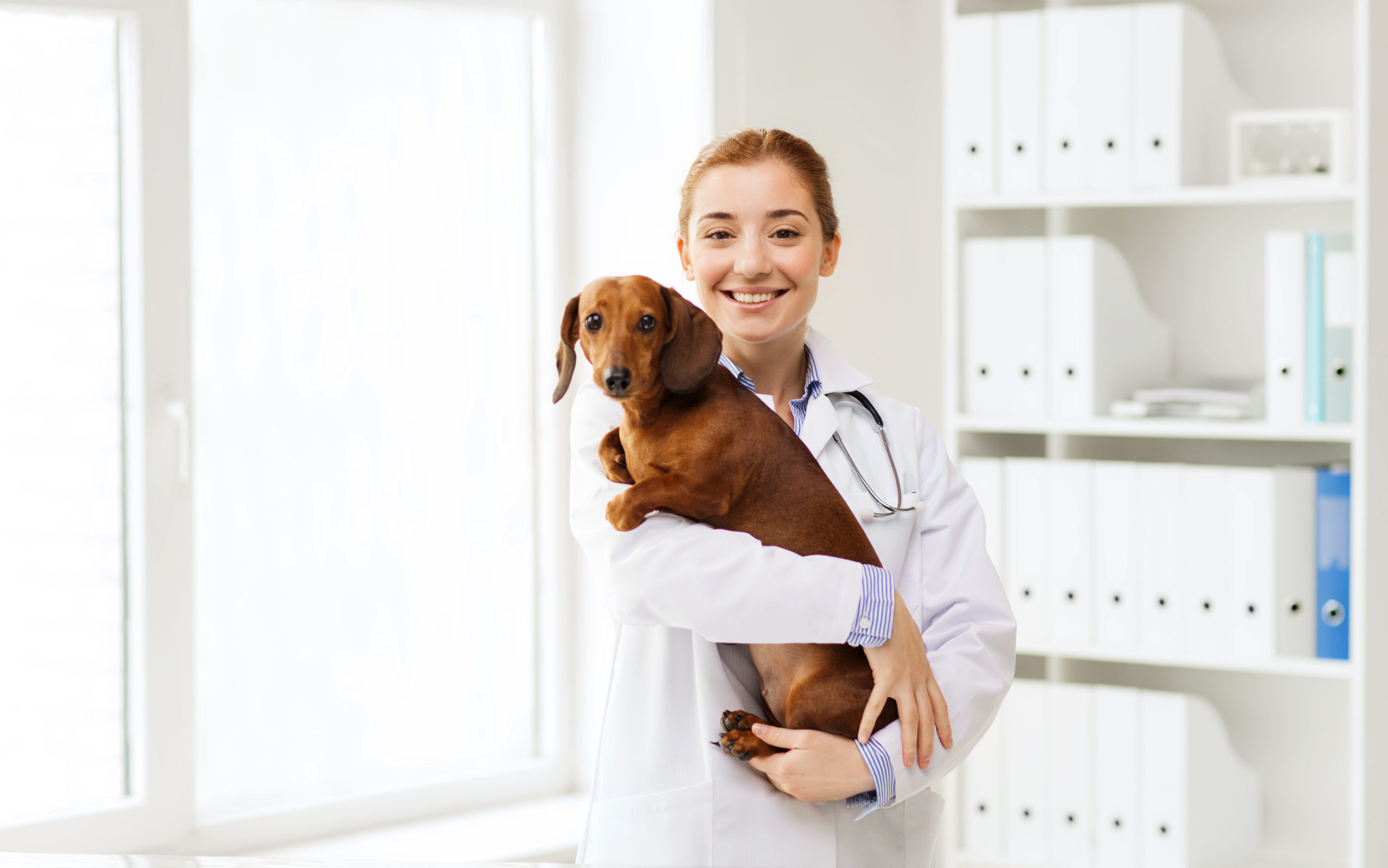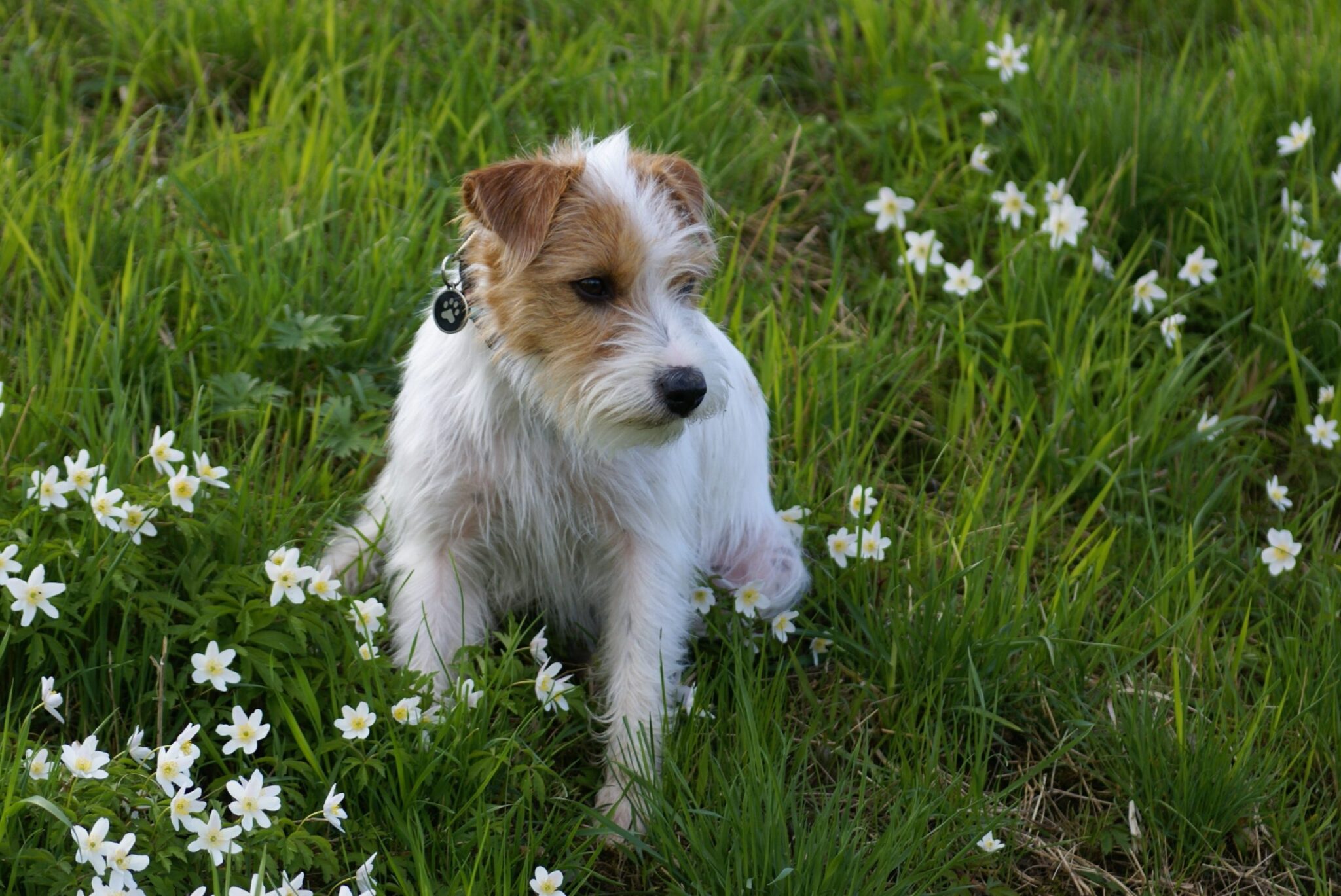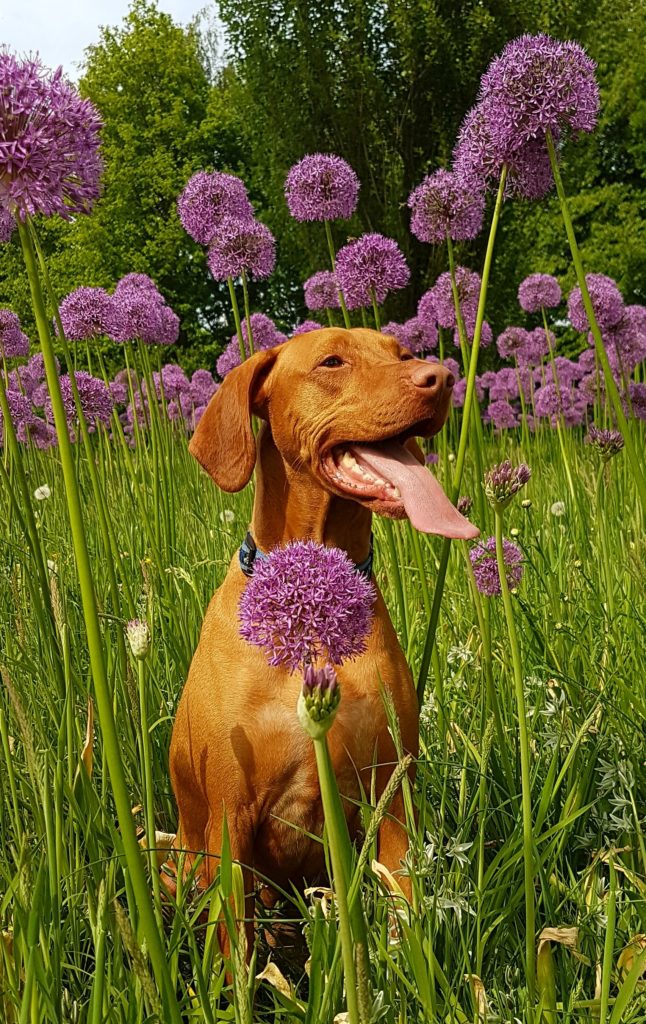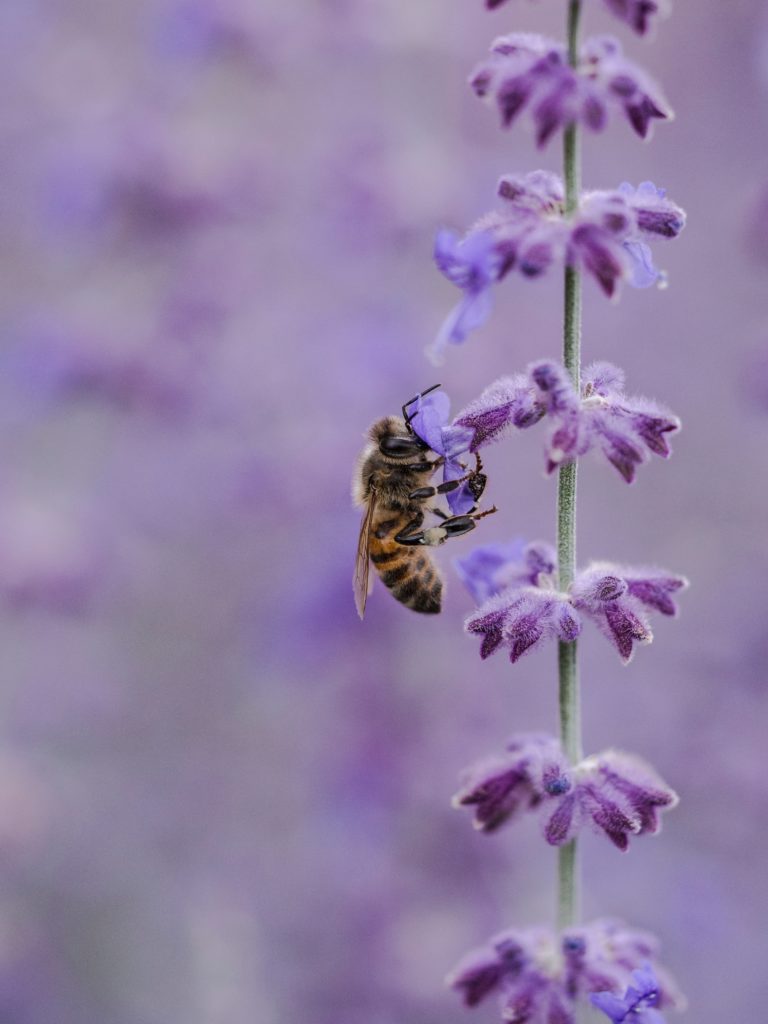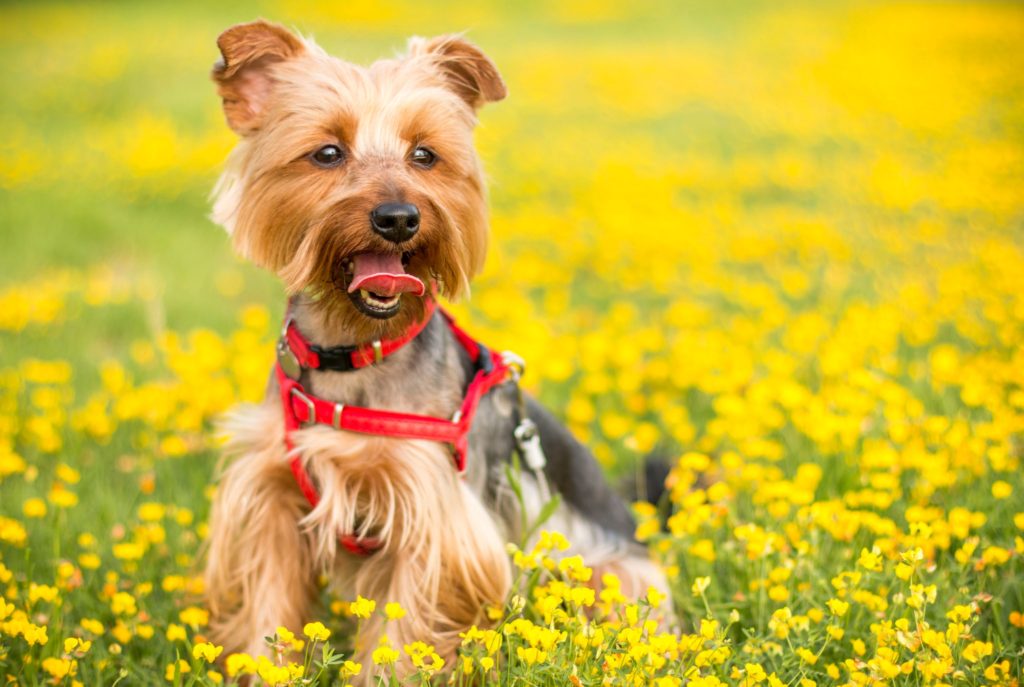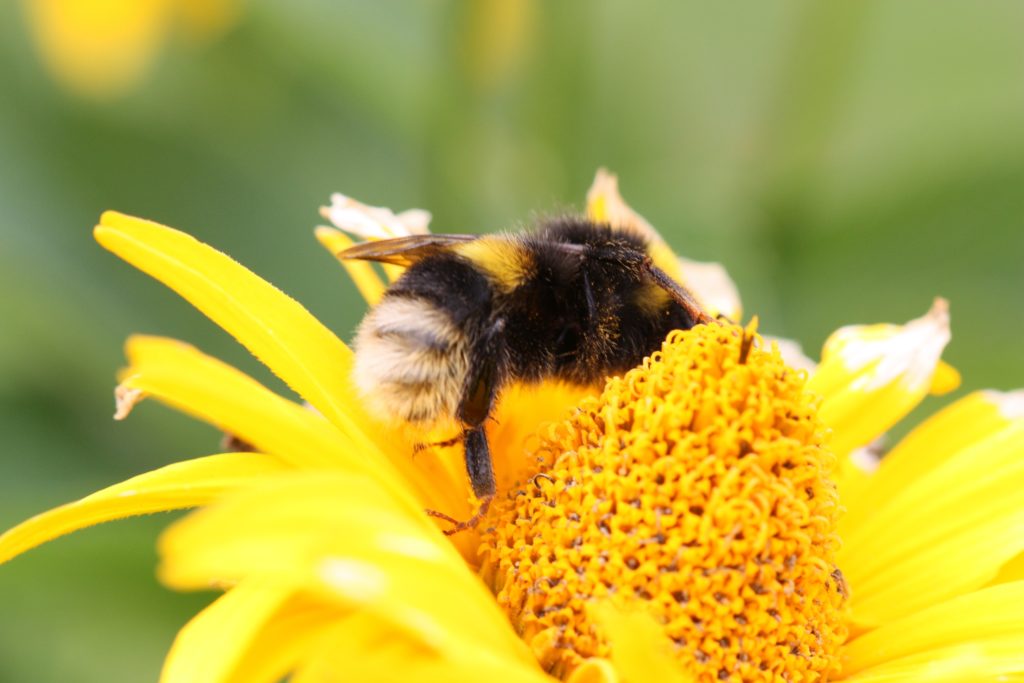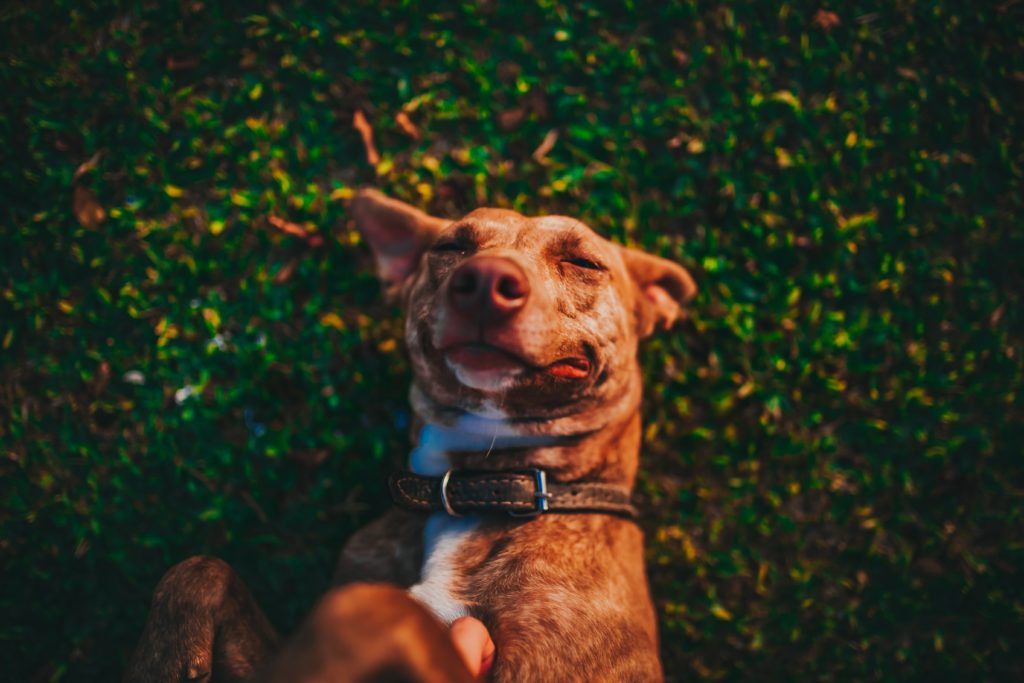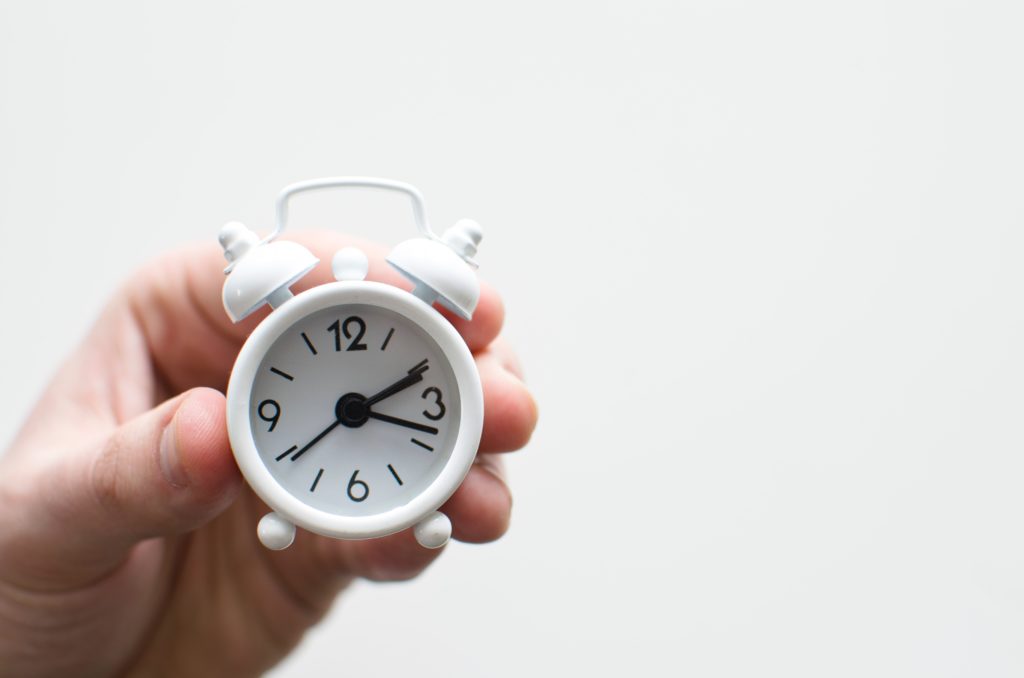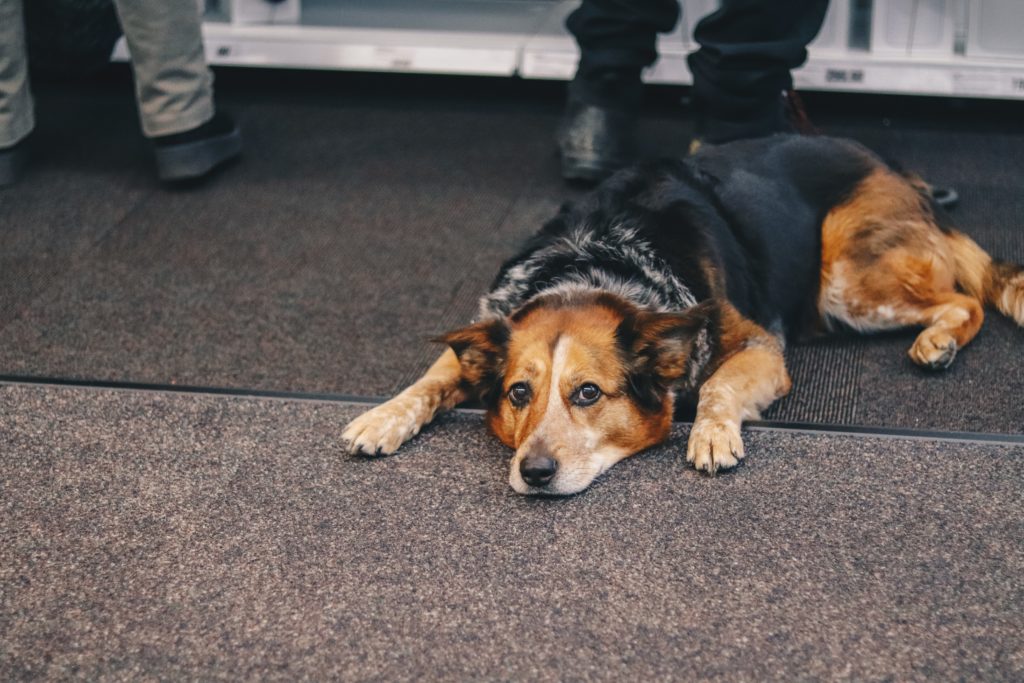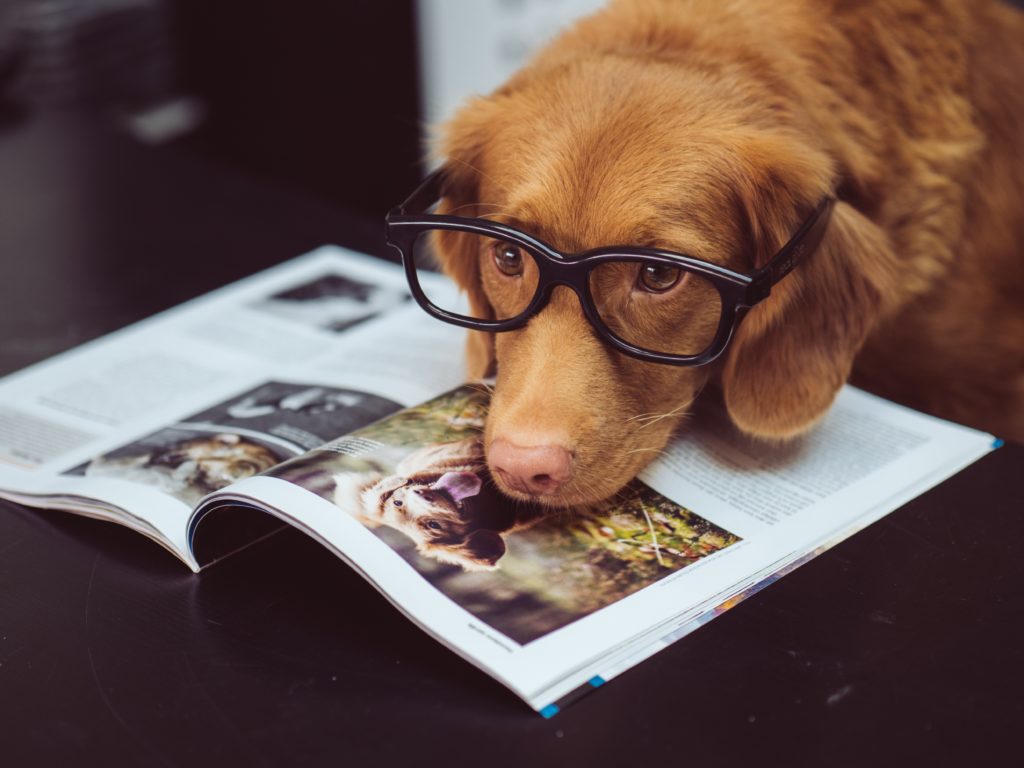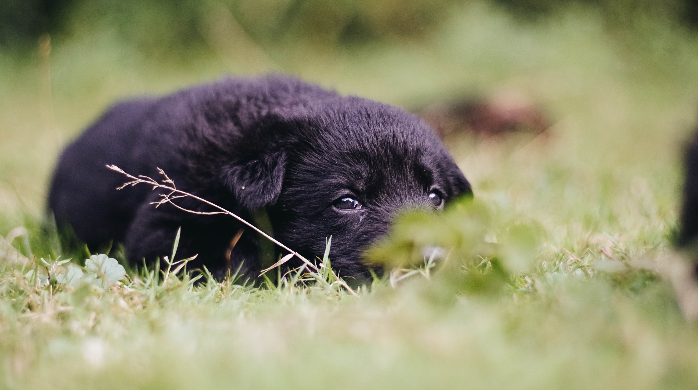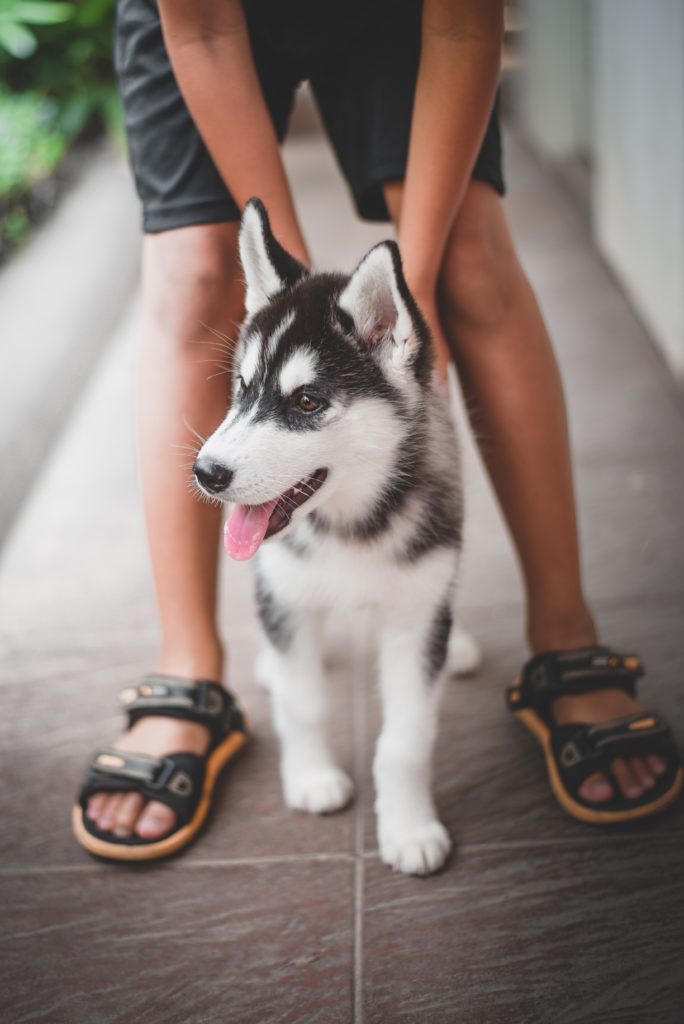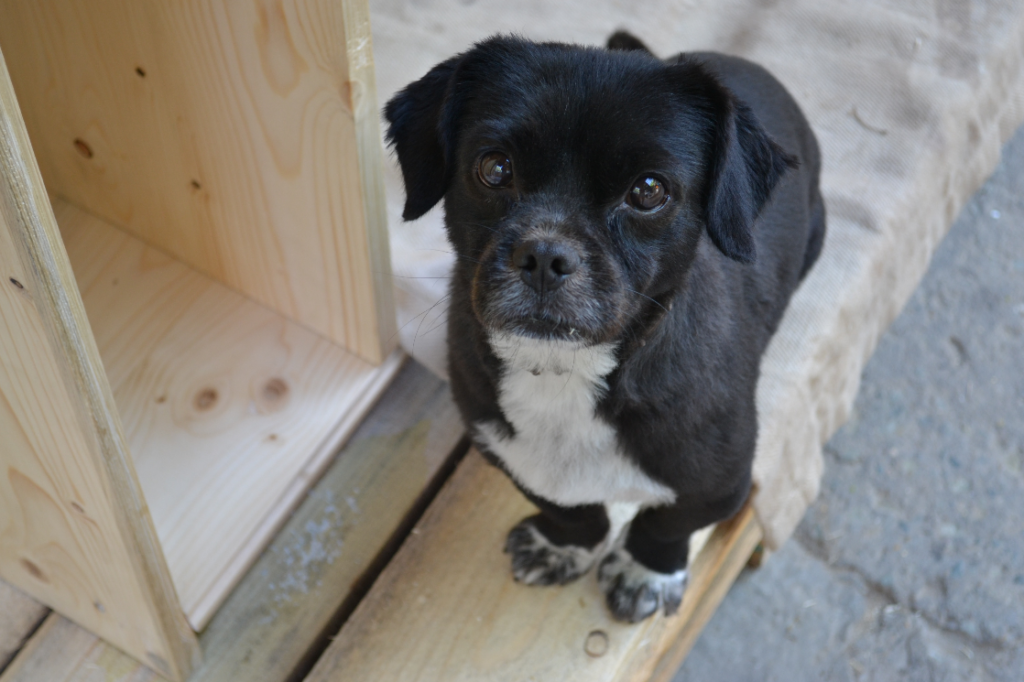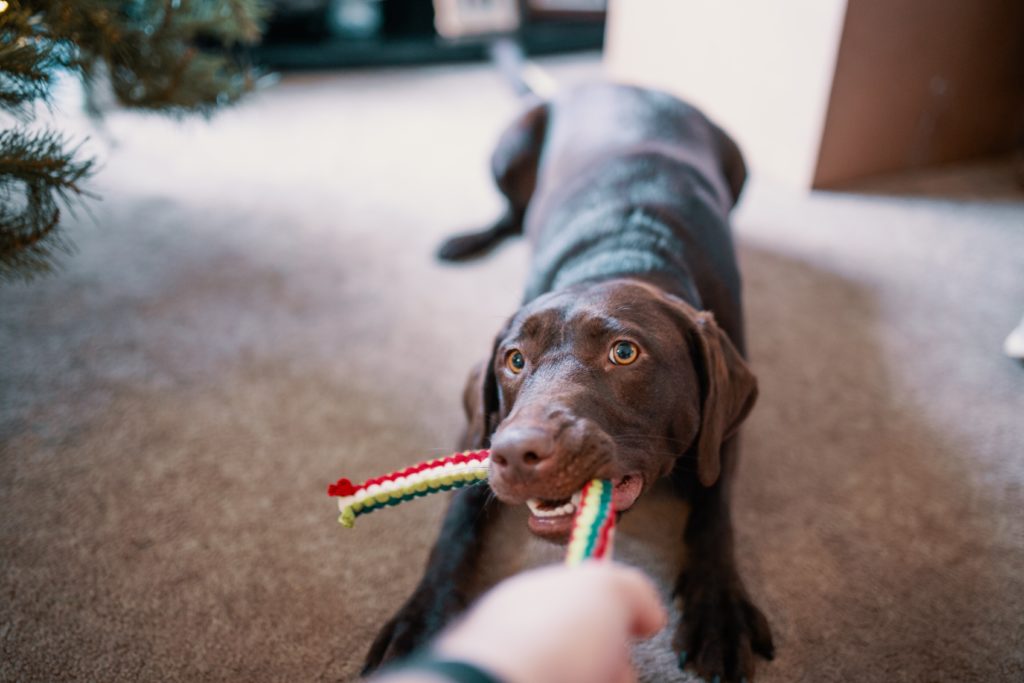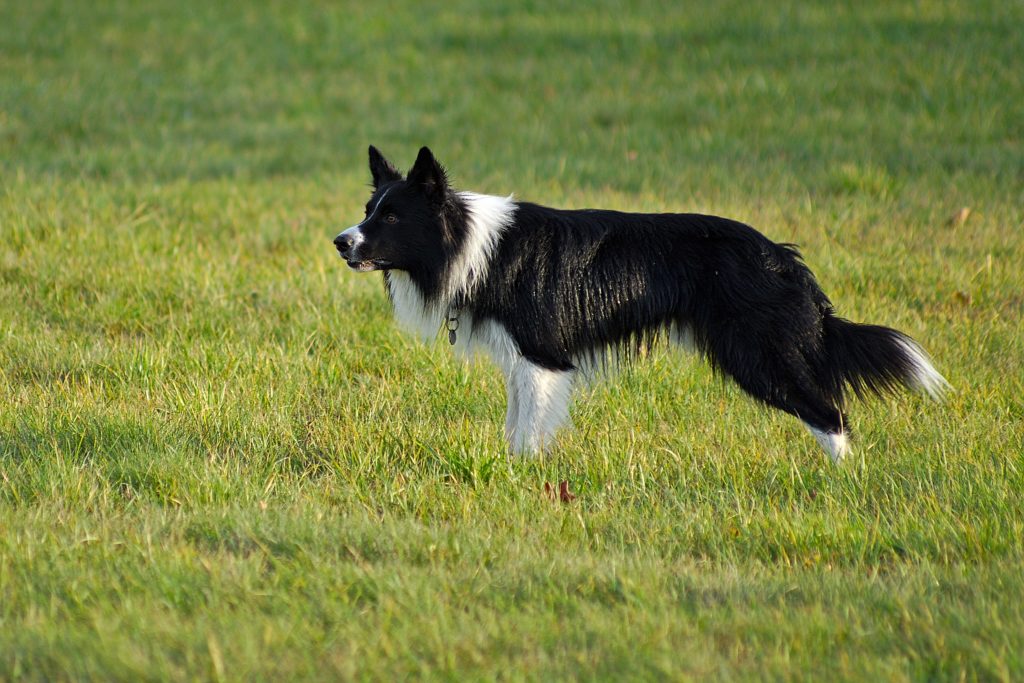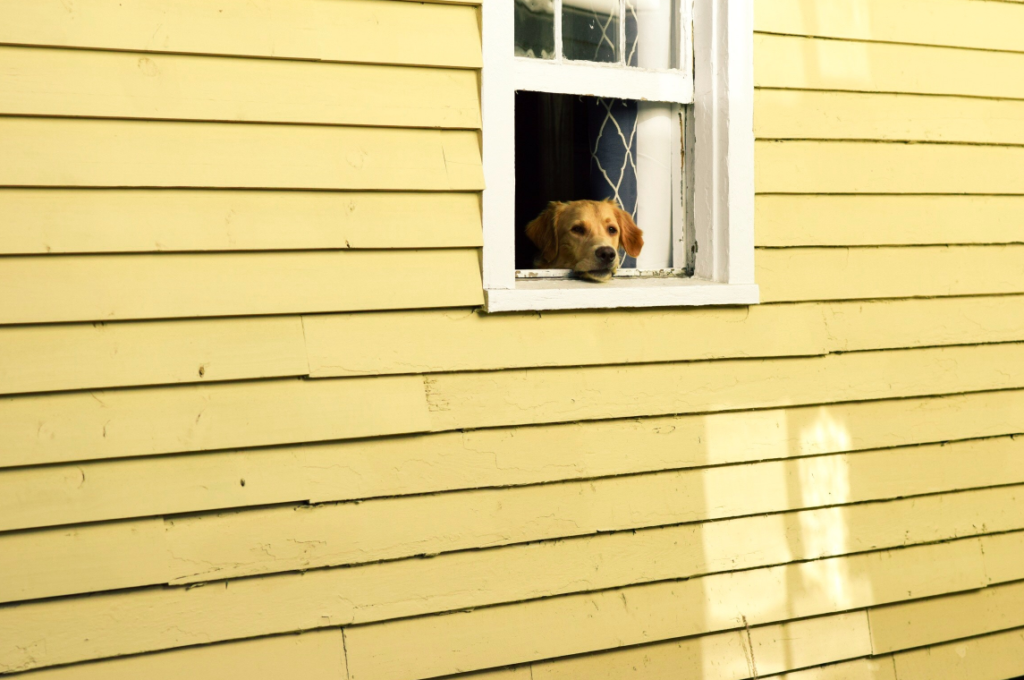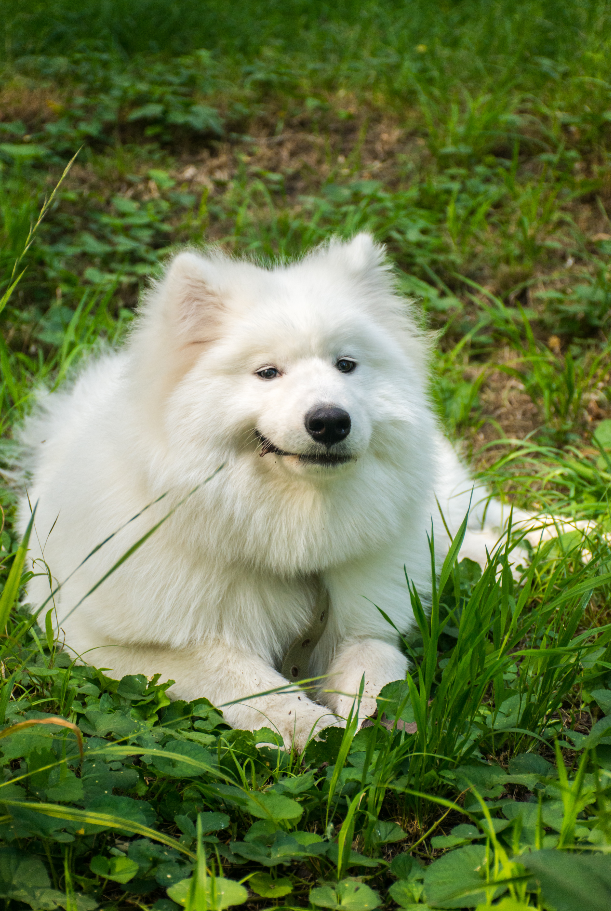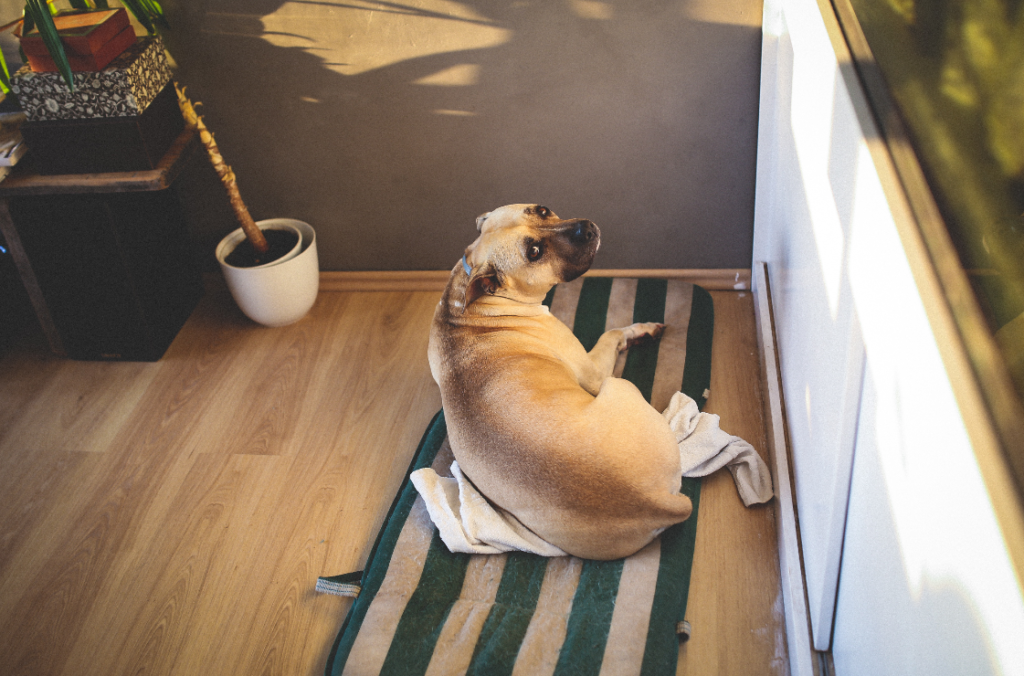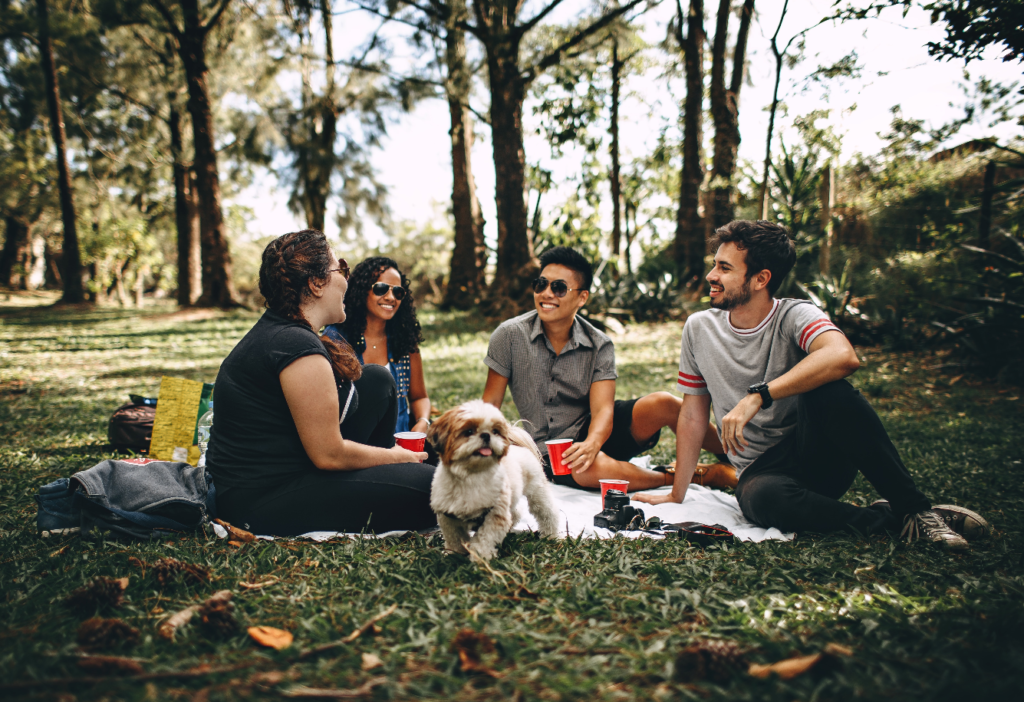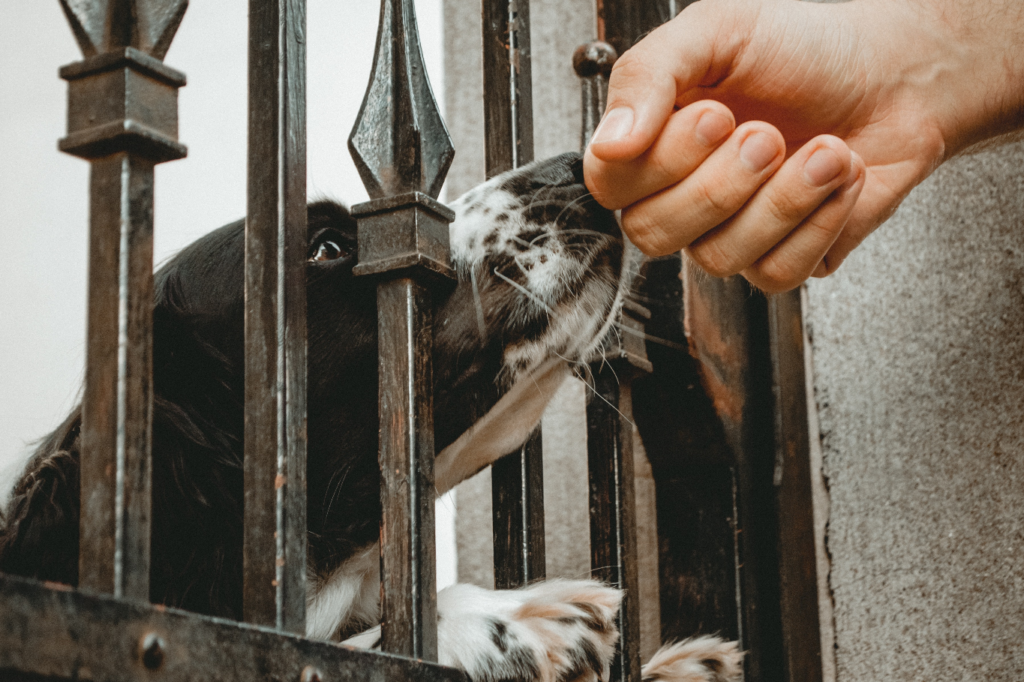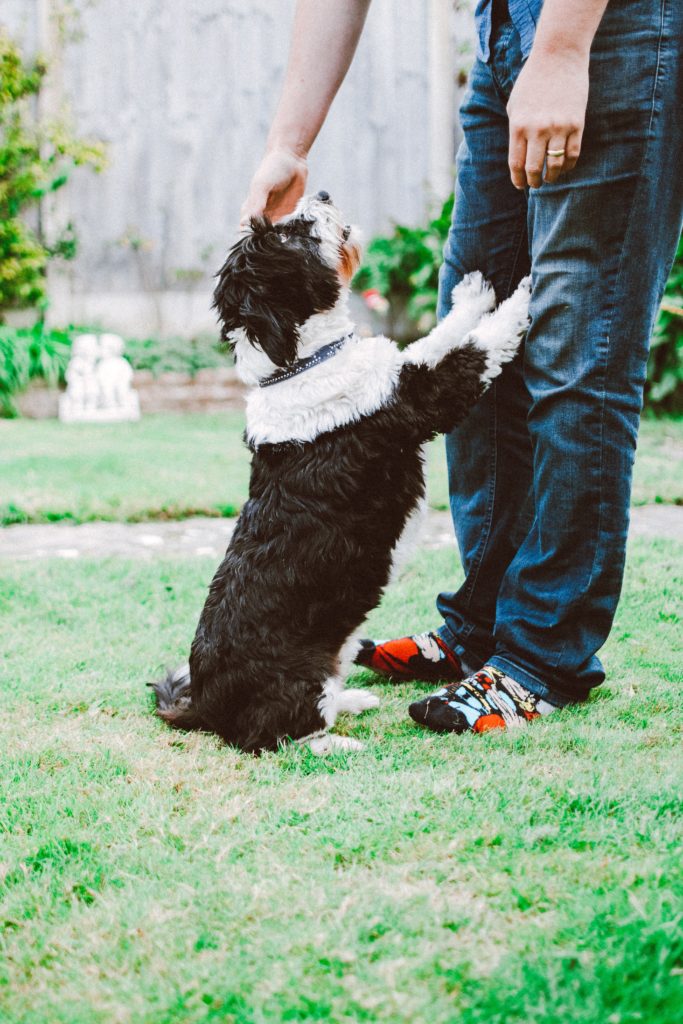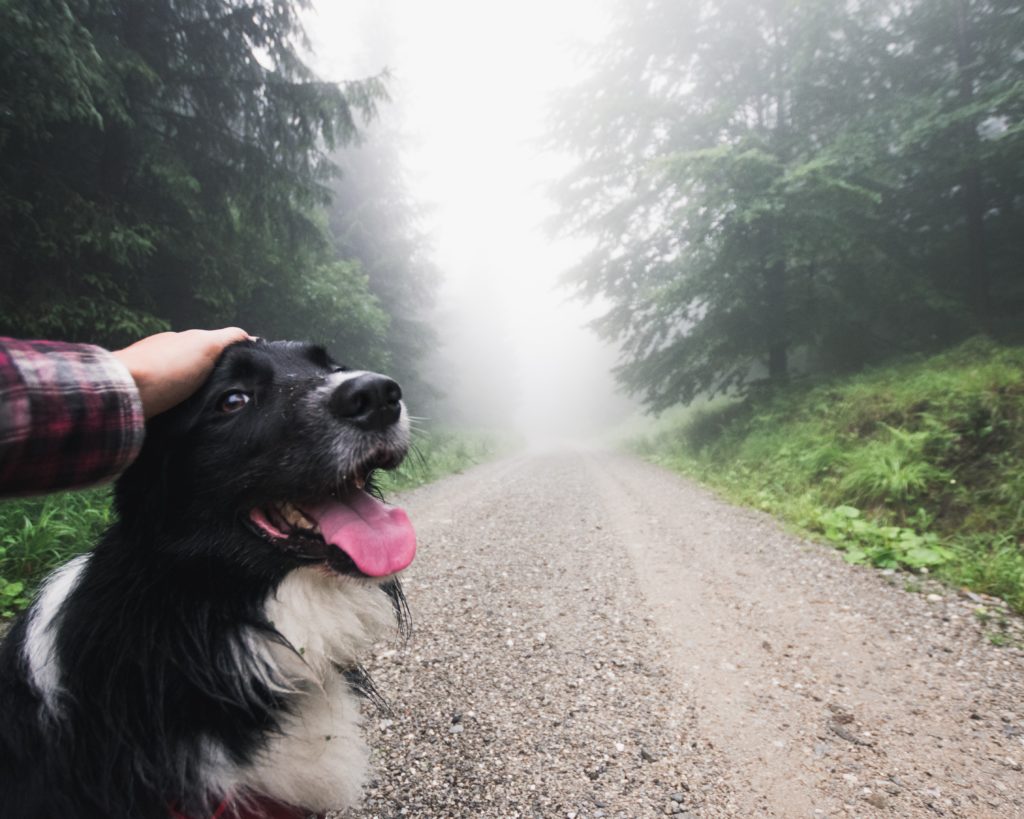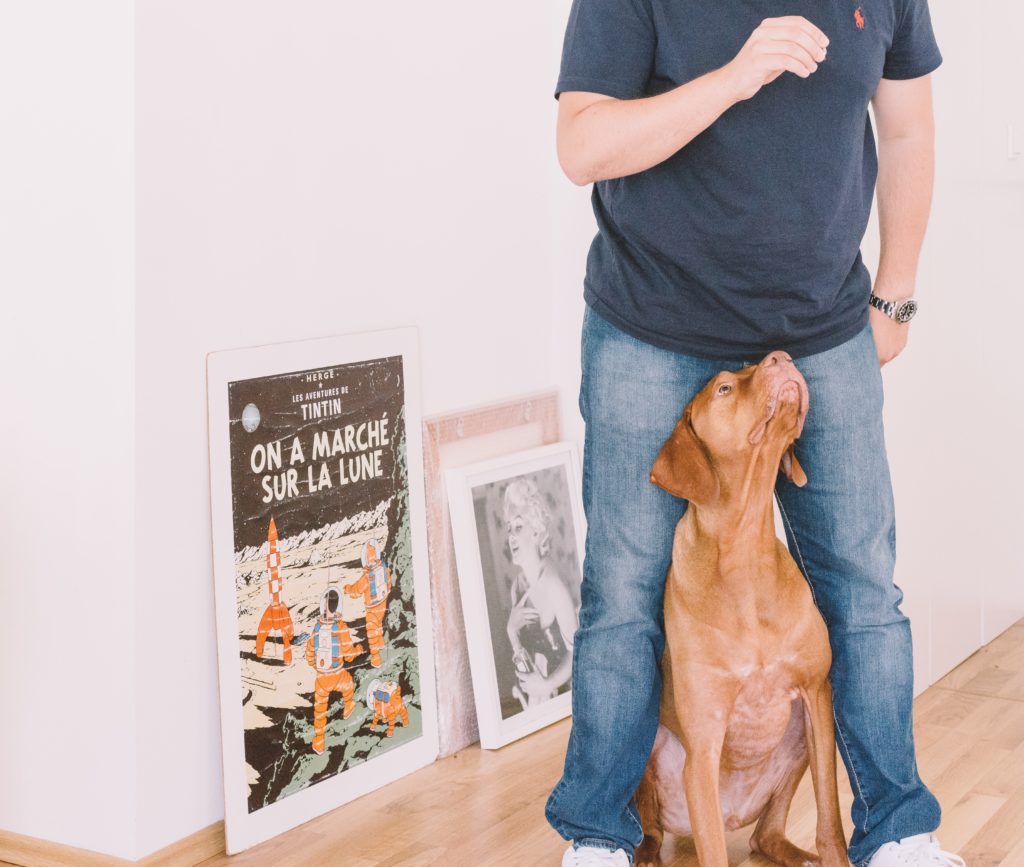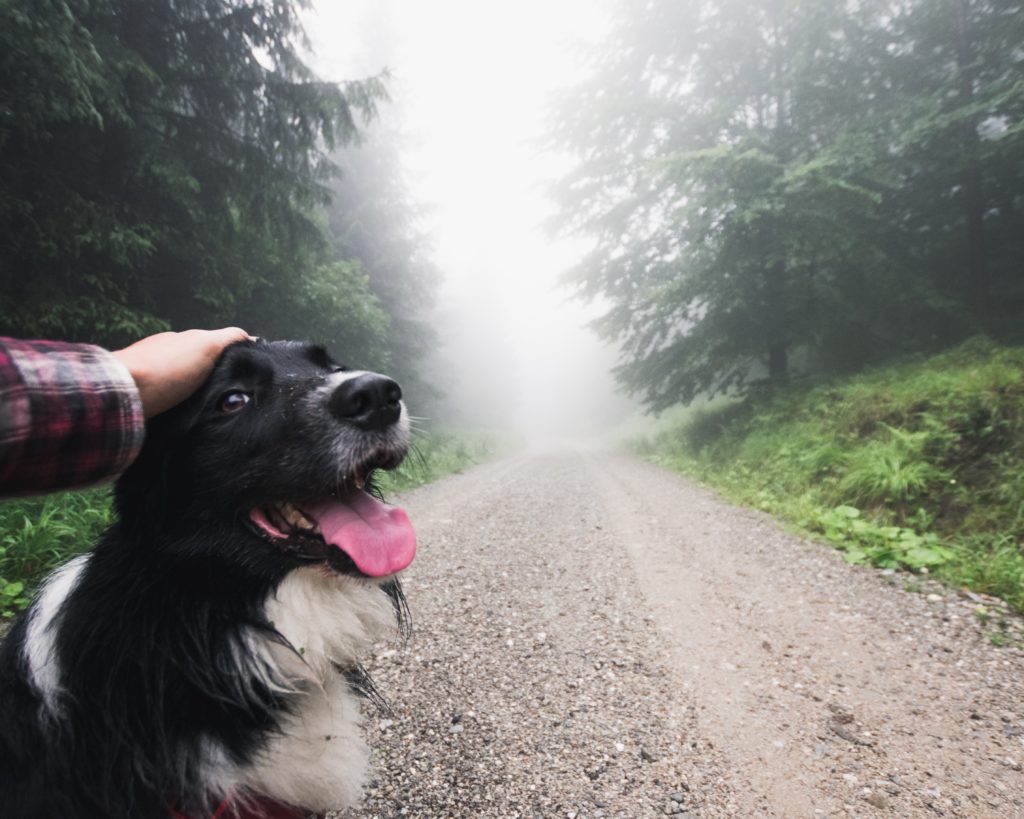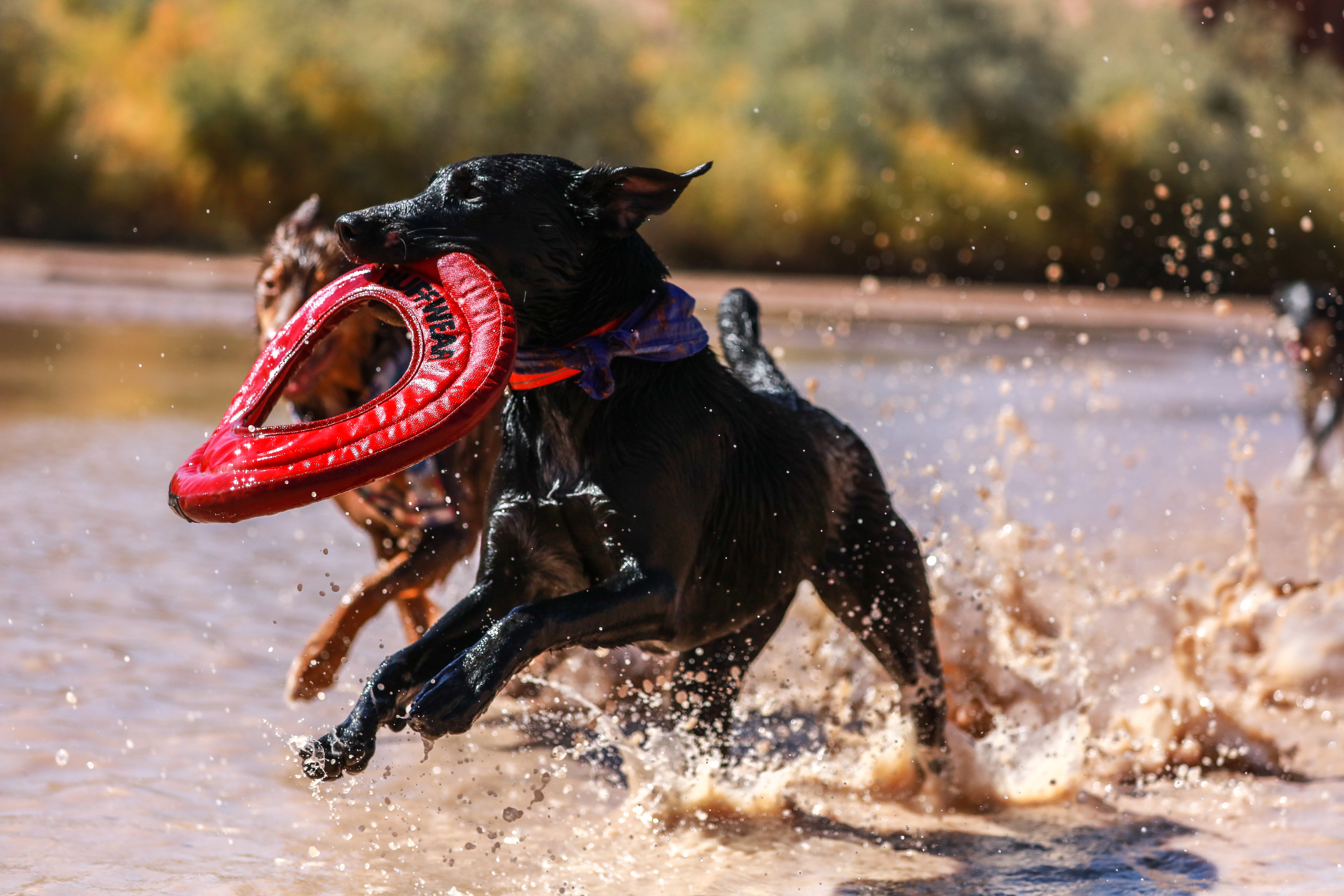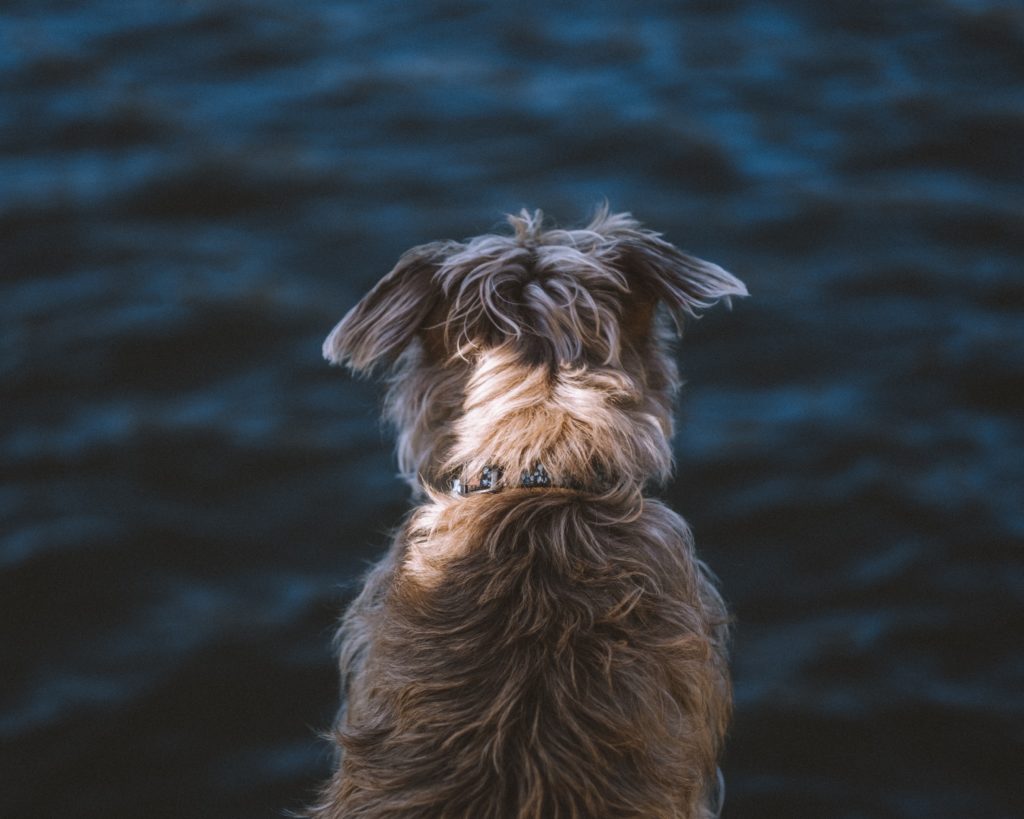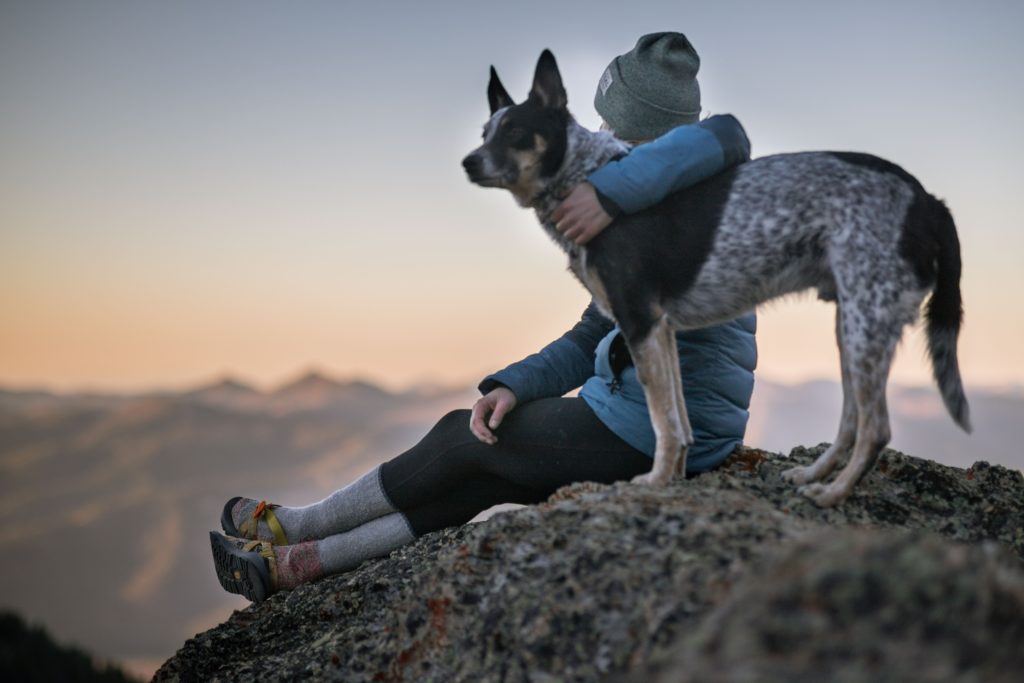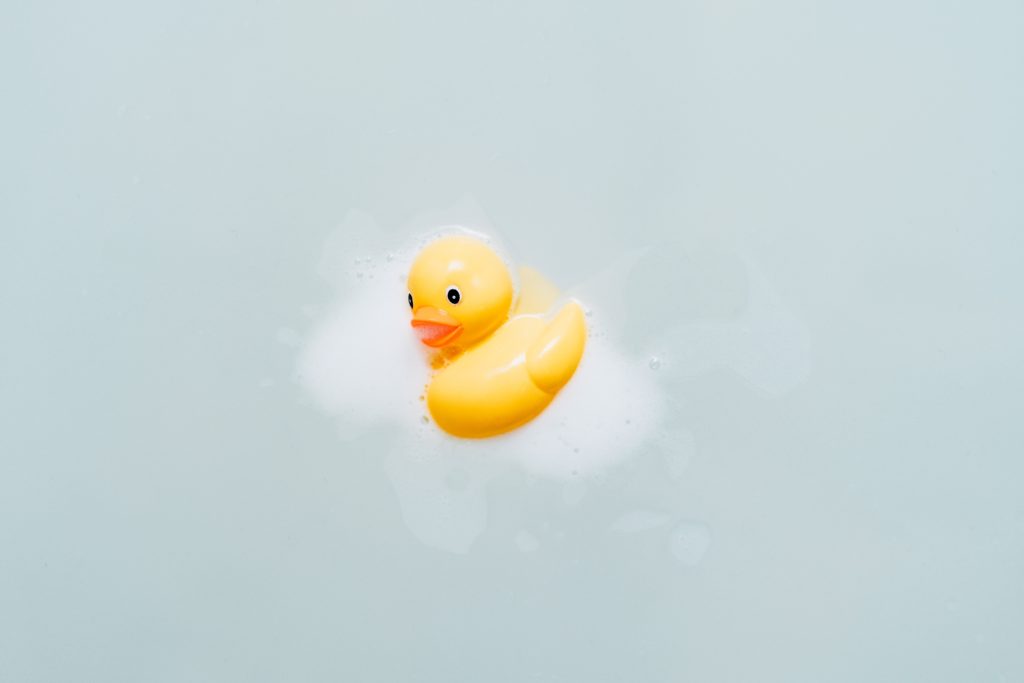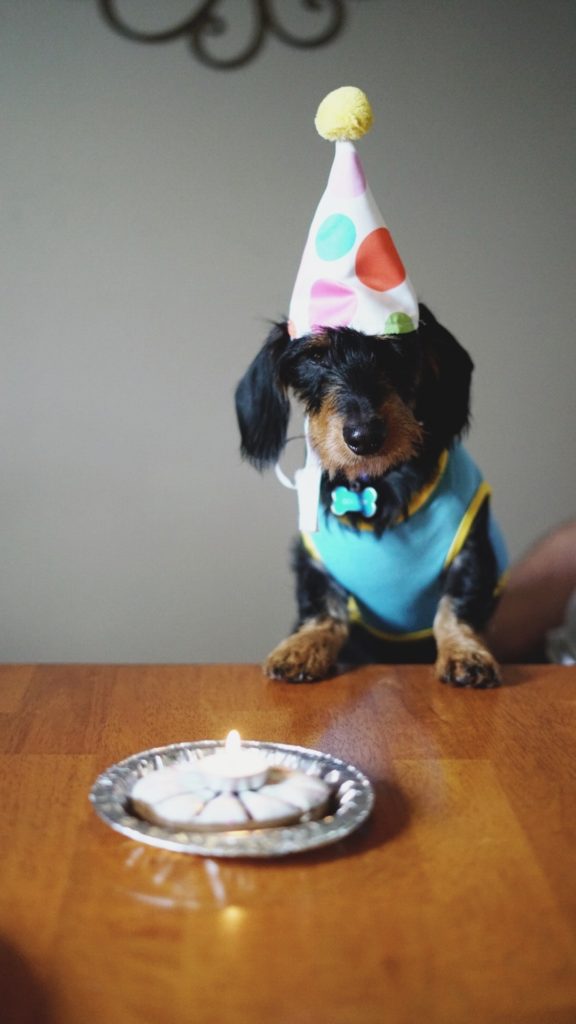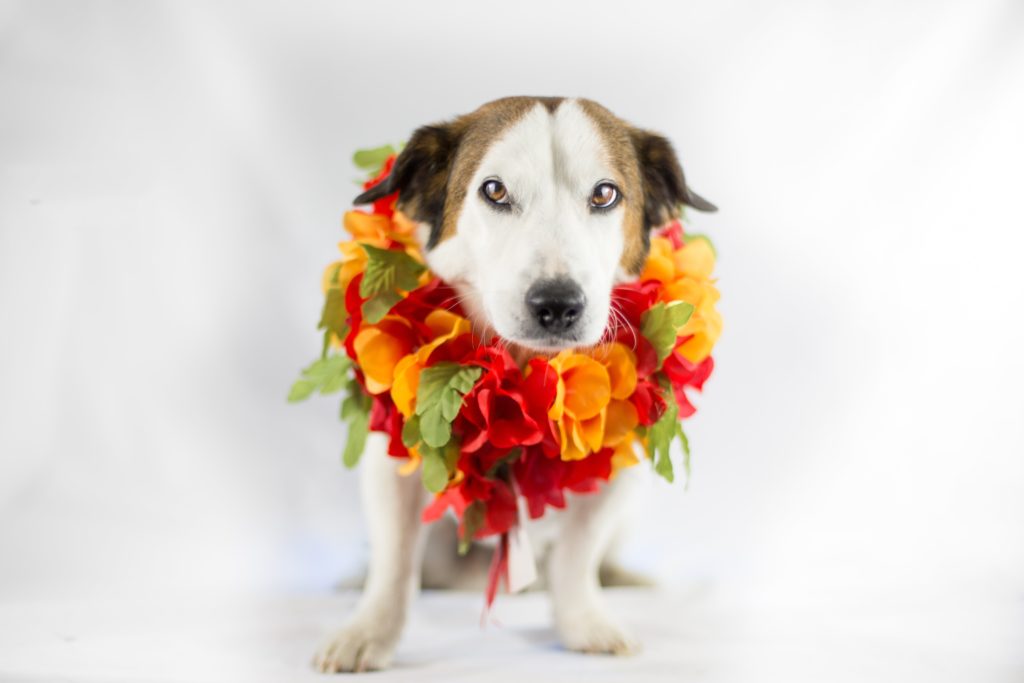Can my pet get coronavirus? Get the facts.

Table of Contents
Coronaviruses/COVID-19 and your pets – what you need to know
The vets at PetSure provide their expertise on what you need to know about the Coronavirus/COVID-19
Table of contents
What is a Coronavirus?
Coronaviruses are a large family of viruses which can cause illness in animals or humans. In humans, several coronaviruses are known to cause respiratory infections ranging from the common cold to more severe diseases such as Severe Acute Respiratory Syndrome (SARS) and the recently identified COVID-19.
What is COVID-19 and can it infect pets?
COVID-19 is the disease caused by the recently identified coronavirus SARS-CoV-2. COVID-19 was unknown before the recent outbreak identified late last year.
Currently there is no evidence suggesting that dogs and cats can be a source of infection for COVID-19, or that they can become sick from the COVID-19 virus. COVID-19 is currently spreading through human to human transmission. However, it is always a good idea to wash your hands with soap and water after contact with pets. This helps protect against various common bacteria, such as E. coli and Salmonella, that can pass between pets and humans.
There is a single dog in Hong Kong which tested a weak positive to the COVID-19 virus, however it is still being investigated whether this positive test result was due to environmental contamination or if the dog was truly infected. It is important to note the dog was not showing any signs of disease. This is an evolving situation and information will be updated as it becomes available from the relevant human health and veterinary bodies.
Do dogs and cats suffer illness from any coronaviruses?
Feline infectious peritonitis virus (FIP) and canine coronavirus (CCV) are two coronaviruses which have been unfortunately present and causing disease in dog and cat populations for a long time. It is important to note that FIP and CCV are distinctly different and separate to the COVID-19 virus causing the current disease outbreak with humans. CCV generally causes mild gastroenteritis in dogs, and FIP is a progressive and invariably fatal systemic disease of domestic cats. Both cannot cause illness in people.
Do petinsurance.com.au policies provide cover for COVID-19 or other coronaviruses?
Feline infectious peritonitis (FIP) and canine coronavirus (CCV) are assessed as Illness conditions under petinsurance.com.au policies and are generally eligible for cover under Illness subject to the policy terms, and provided the condition is not a pre-existing condition.
It is important to remember, the World Health Organisation (WHO) and veterinary bodies have advised currently there is no evidence dogs and cats can become sick from COVID-19. If there are any developments in relation to COVID 19 impacting dogs and cats, we will do our best to keep our customers informed.
Rest assured if your pet is currently displaying symptoms of coughing, respiratory issues or a fever/elevated temperature, you should seek veterinary advice, and know this is generally coverable under your policy depending on your selected cover and relevant terms and conditions.
If I am quarantined or hospitalised due to COVID-19 and can’t take care of my pet, can I seek assistance for emergency boarding?
Emergency boarding under petinsurance.com.au is generally covered if you become sick with COVID-19 and require hospitalisation for five or more consecutive days. Please note this is subject to your selected policy, benefit limits and relevant terms and conditions.
If you are not hospitalised and are simply quarantined at home due to COVID-19, emergency boarding for your pet will not be covered.
Additional resources
Further information relating to the Coronavirus can be sourced from the World Health Organisation (WHO) or Australian Veterinary Association (AVA) websites:
https://www.who.int/emergencies/diseases/novel-coronavirus-2019
https://www.who.int/emergencies/diseases/novel-coronavirus-2019/advice-for-public/myth-busters
https://www.ava.com.au/coronavirus/
Professor Vanessa Barrs, a veterinarian who specializes in infectious diseases, has also provided a useful video update, explaining that there is no risk of infection of COVID-19 from our pets:
Terms, conditions, waiting periods, limits and exclusions apply. Petinsurance.com.au is issued by The Hollard Insurance Company Pty Ltd ABN 78 090 584 473, AFSL 241436, is arranged and administered by PetSure (Australia) Pty Ltd ABN 95 075 949 923, AFSL 420183 (PetSure) and is promoted and distributed PetSure’s Authorised Representatives (AR) Pet Insurance Pty Ltd ABN 38 607 160 930, AR 1234944 and Petsy Pty Ltd ABN 54 633 343 058, AR 1277359. Any advice provided is general only and does not take into account your individual objectives, financial situation or needs. Please consider the Product Disclosure Statement (PDS) to ensure this product meets your needs before purchasing. PDS andTarget Market Determination available at Petsy’s TMD page
GapOnly™ is a trademark owned by PetSure (Australia) Pty Ltd (Petsure), ABN 95 075 949 923, ASFL 420163. Insurance products are issued by The Hollard Insurance Company (ABN 78 090 584 473; AFSL 241436) and administered by PetSure through its Authorised Representatives and distribution partners. Any advice is general only and may not be right for you. You should consider the relevant Product Disclosure Statement or policy wording available from the relevant provider to decide if a product is right for you.
Before taking out a pet insurance policy, your pet Bella has a case of Gastroenteritis (a tummy upset). The condition is treated and Bella recovers. Following the surprise episode, you decide to purchase a pet insurance policy for Bella to help with future, unexpected Vet visits.

